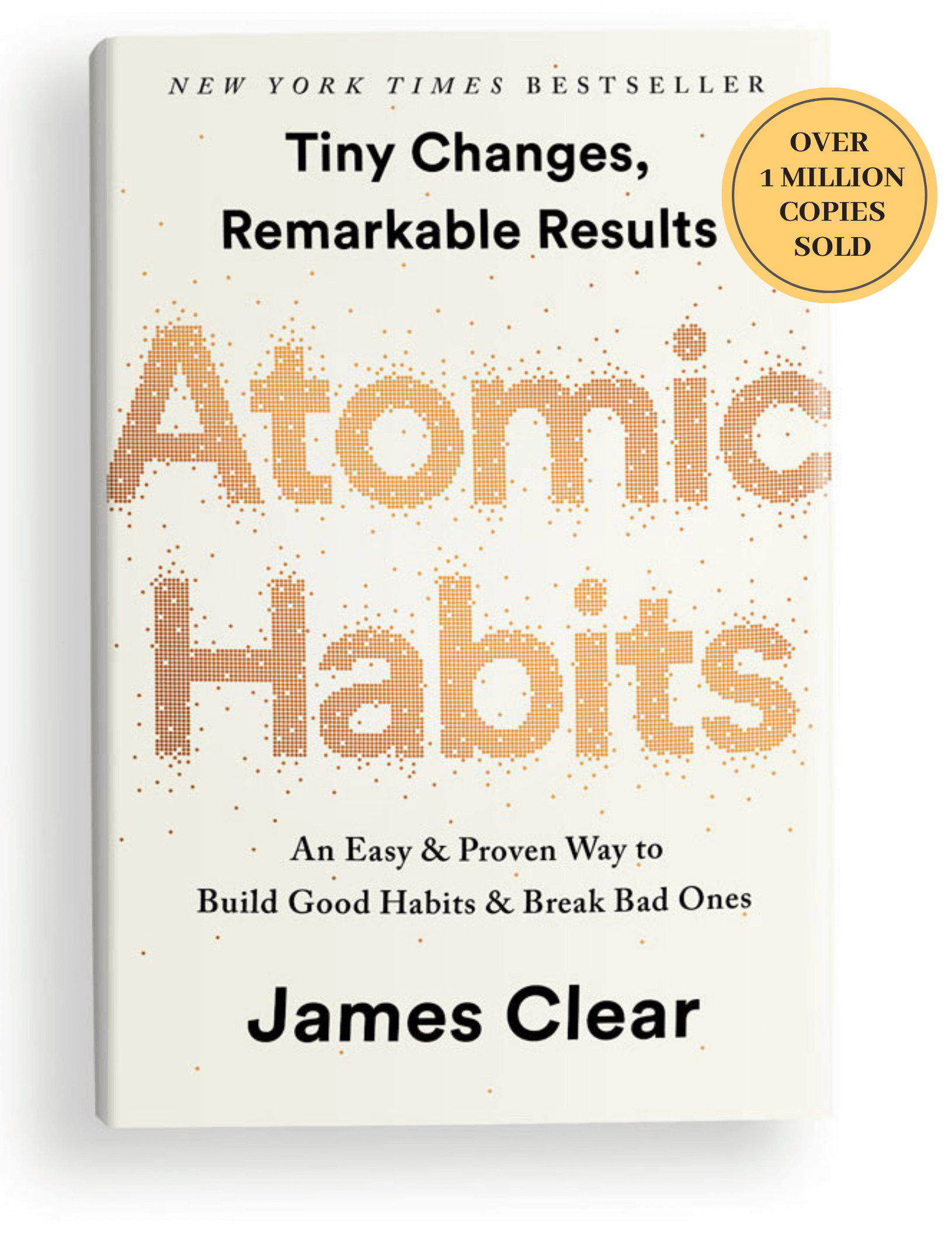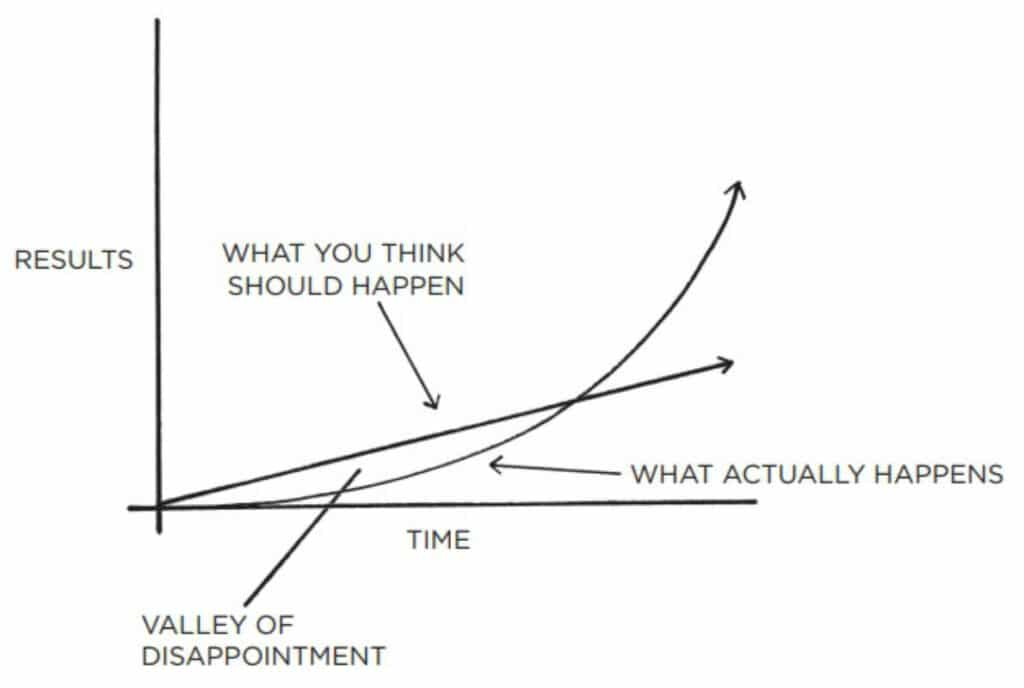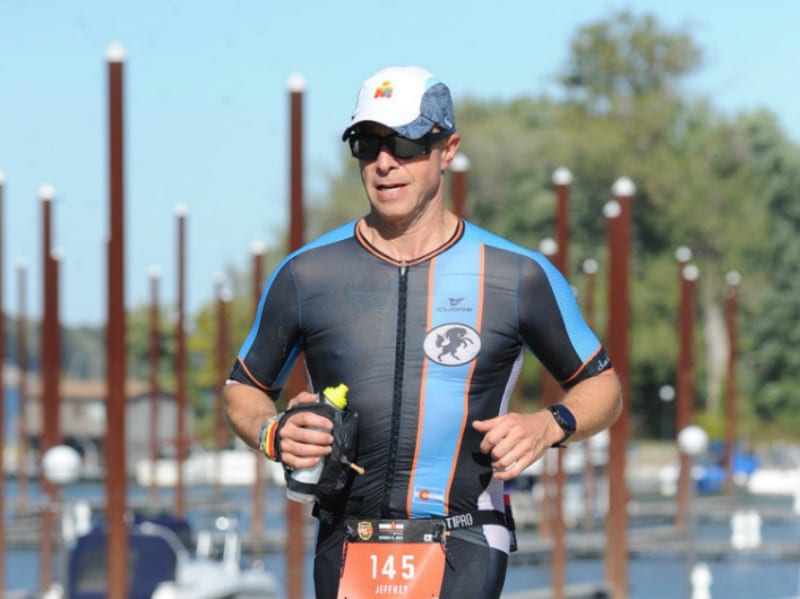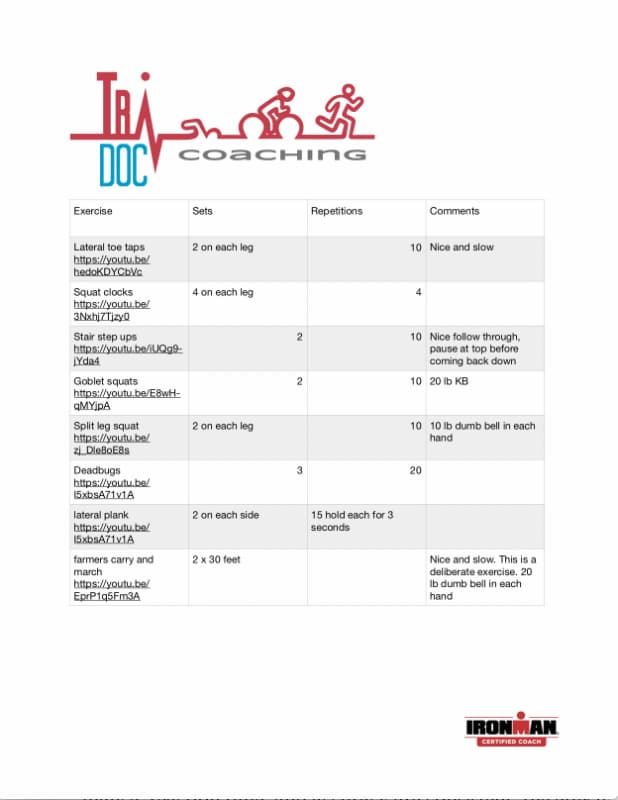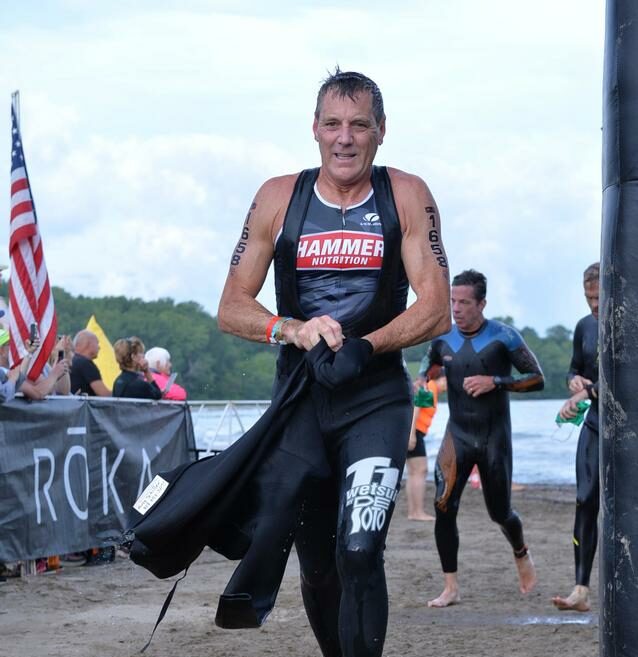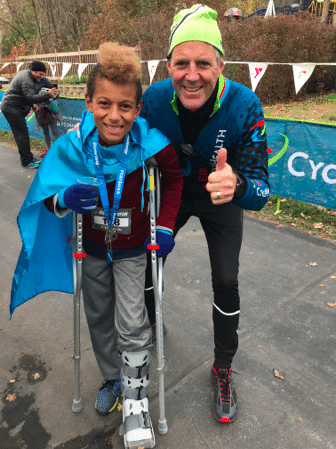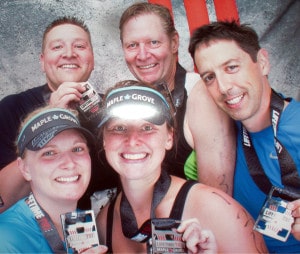Tis the Season for Fresh Tart Cherry Juice
A few weeks ago, bright white blossoms covered the Montmorency cherry trees in our backyard. My thought? First, I was reminded at how beautiful they are. Next, I began to imagine the fresh cherry juice, cherry flavored kombucha, and tart cherry salsa we would soon enjoy.
The taste of freshly picked and pitted fruit from these cherry trees is wonderful. However, the mouth puckering liquid from this fruit also heals and strengthens. You see, tart cherries are packed with anti-inflammatory and anti-oxidant compounds.
Incorporating tart cherry juice as part of a healthy eating pattern can be a great way to add variety into an individual’s diet.
Sikako Minagawa, MS, RDN, Peak Performance Sports Nutrition, LLC
Related post: What Masters Athletes Need To Know About Nutrition
What Does the Science Say?
On February 20, 2020, the Cherry Marketing Institute issued a press release titled “New Meta-Analysis: Tart Cherry Juice Concentrate Found to Help Improve Endurance Exercise Performance”.
For the report cited in this release, researchers analyzed results of ten separate studies on the role of tart cherry juice on performance in endurance exercise. Only those based on randomized controlled trials were included in the research.
For their work, researchers used meta-analysis to analyze the combined results of individual studies. For reference, meta-analysis is a common research method. Meta-analysis applies statistical analysis to dig deeper into combined results of multiple scientific studies that address the same question.
According to the press release, co-author Philip Chilibeck, PhD, professor in the College of Kinesiology at the University of Saskatchewan concluded:
“The results of this meta-analysis found that tart cherries did help improve performance, and we gained greater insight into the potential mechanism responsible for this benefit.
Other findings of the study were:
- Timing: Tart cherry concentrate is effective when taken for 7 days to up to 1-1/2 hours before exercise.
- Fitness level: The least trained athletes showed the lowest improvement from consuming tart cherry juice.
- Dose: The daily consumption of anthocyanins (compounds with anti-oxidant properties) by study participants ranged from 66 to 2,760 mg. However, the study did not identify the relationship between the amount of tart cherry concentrate consumed and athletic performance.
- Mechanism: Improvements in performance are most likely related to the low glycemic index, anti-inflammatory, anti-oxidative, and blood flow enhancing effects of tart cherry concentrate.
How Can Triathletes Most Benefit from Tart Cherry Juice?
According to registered dietician Beth Schutt, tart cherry juice has the greatest benefit for athletes who are well into their training plan. In an article for USA Triathlon, she wrote:
“It is readily agreed upon, though, that prior to racing and directly after racing, tart cherry is most useful. For the athlete who is deep into racing season and in a cycle of race, recover, repeat, tart cherry should be on the menu consistently.”
As the study cited above shows, there is less benefit when beginning to train and during the base building phase. Conversely, tart cherry juice’s benefits for recovery and performance become more valuable as race day approaches.
Benefits Beyond Sports Performance
For older adults, there are additional reasons for consuming tart cherries. According to registered dietician Sakiko Minagawa:
“In addition to sports performance, research suggests other benefits for older adults. Tart cherry juice may help reduce cardiovascular risk factors such as blood pressure and LDL cholesterol in this group.”
Looking for Tart Cherry Juice?
Not sure where to purchase tart cherry juice or its other forms (powder, juice concentrate)? One source is Swanson Vitamins. Please note that Senior Triathletes is an affiliate of this business. This means I will earn a small commission on any purchases from this company if you use this link.
Leave Your Questions and Comments Below
What is your go-to food or drink for post exercise recovery?


